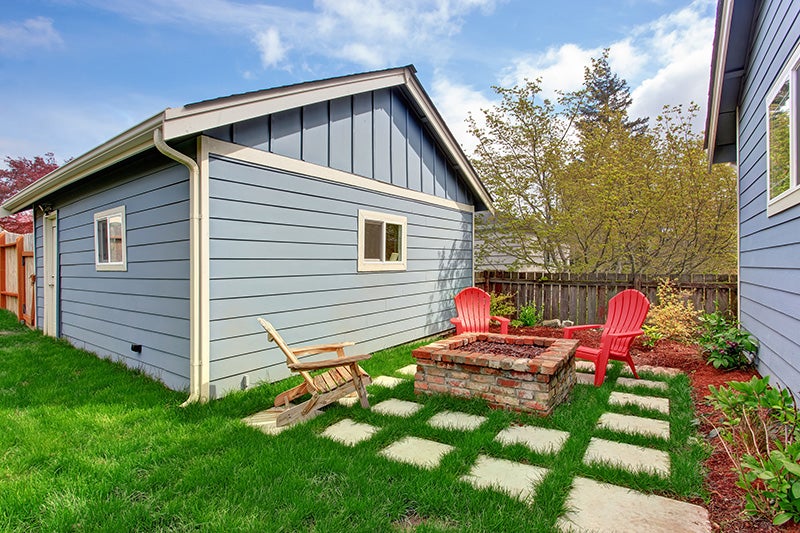Accessory Dwelling Unit/Junior Accessory Dwelling Unit
Accessory Dwelling Unit
An Accessory Dwelling Unit or ADU is an attached or detached residential dwelling unit that provides complete independent living facilities for one or more persons and is located on a lot with a proposed or existing primary residence. It must include permanent provisions for living, sleeping, eating, cooking and sanitation on the same lot as the primary residence.
Junior Accessory Dwelling Unit
A Junior Accessory Dwelling Unit or JADU is a unit that is no more than 500 square feet in size and contained entirely within a single-family residence located in a single-family zone. A JADU may include separate sanitation facilities or may share sanitation facilities with the existing structure, and a JADU shall provide a kitchen or efficiency kitchen. The JADU or single-family residence must be owner-occupied.
Permit Application Process and Requirements
A Building Permit is required to create an ADU or JADU. There are no exemptions. Depending upon the number of dwelling units created by the ADU(s), either a Combination Building Permit or a Building Permit will be issued. If your property is within the Coastal Overlay Zone, please see the Coastal ADU Webpage.
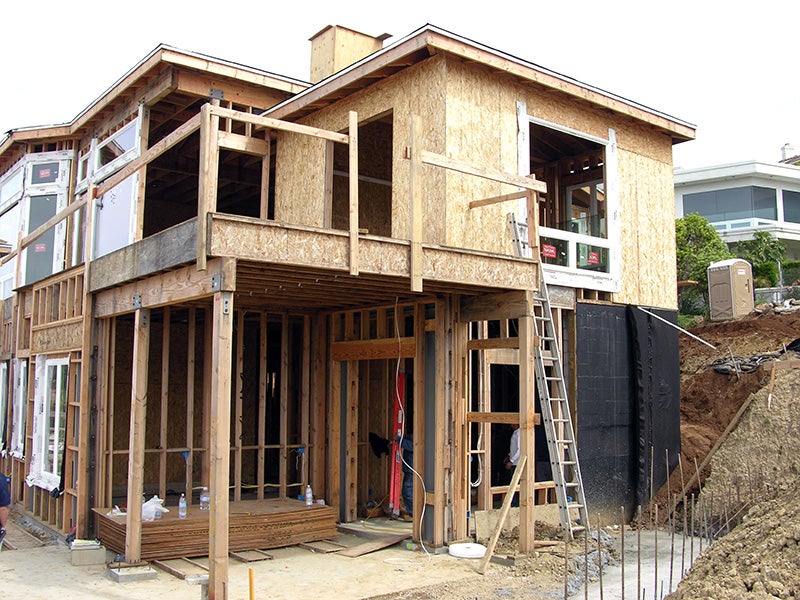
ADU vs JADU Comparison
| ADU | JADU | |
|---|---|---|
| Allowable Locations | Single, Multiple, and Mixed-Use Zones, Planned Districts Ordinance Zones | Single Residential Zones |
| How many are allowed? |
| One |
| Size | 150 - 1200 square feet | 150 - 500 square feet |
| Attached or detached? | May be converted, attached, or detached from a dwelling unit | Must be a conversion or attached to an existing or proposed dwelling unit |
| Parking | None except near the beach (Beach Impact Area) | None Required |
| Agreements Required | None | JADU Agreement |
| Bonus | Additional ADUs may be proposed as part of the Bonus ADU Program | JADUs are not part of the ADU Bonus program |
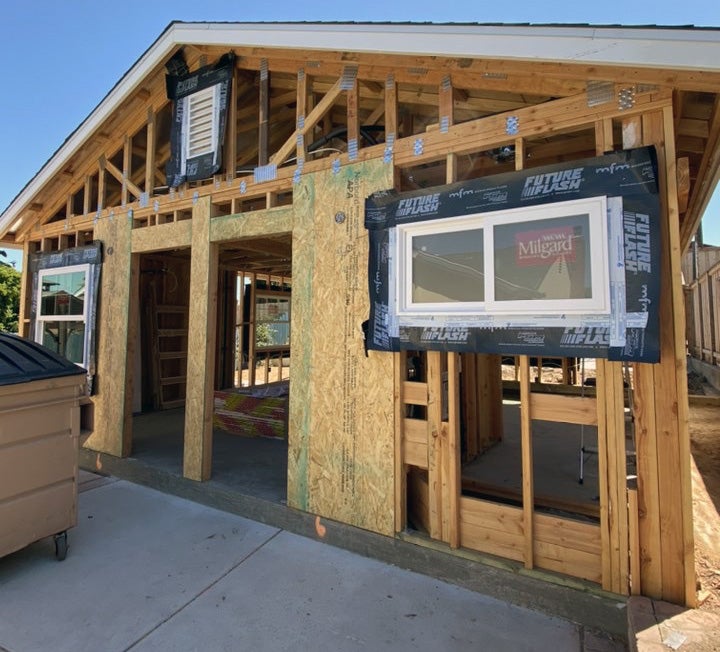
ADU Bonus Program
If your property is a Sustainable Development Area (check your property with ZAPP), one additional non-deed restricted bonus ADU is allowed for every qualifying on-site deed-restricted ADU to very low-, low- or moderate-income households for 15 years (Table 141-03A). The maximum number of ADUs is limited by the lot area.
Outside of sustainable development areas, where a project proposes qualifying on-site deed-restricted ADUs (Table 141-03A), the maximum number of bonus ADUs is one.
Please see §141.0302(d) for program details.
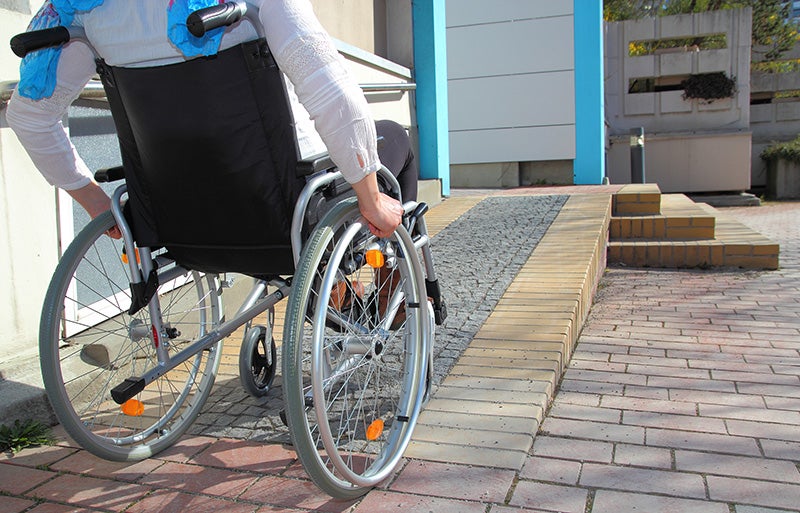
Accessible Bonus ADU
In addition to the bonus affordable ADU regulations above, if two Affordable ADUs are provided, you may be eligible for a bonus accessible ADU.
Accessible units must meet the requirements of Chapter 11A of the California Building Code and must be located on an accessible route as defined by the California Building Code.
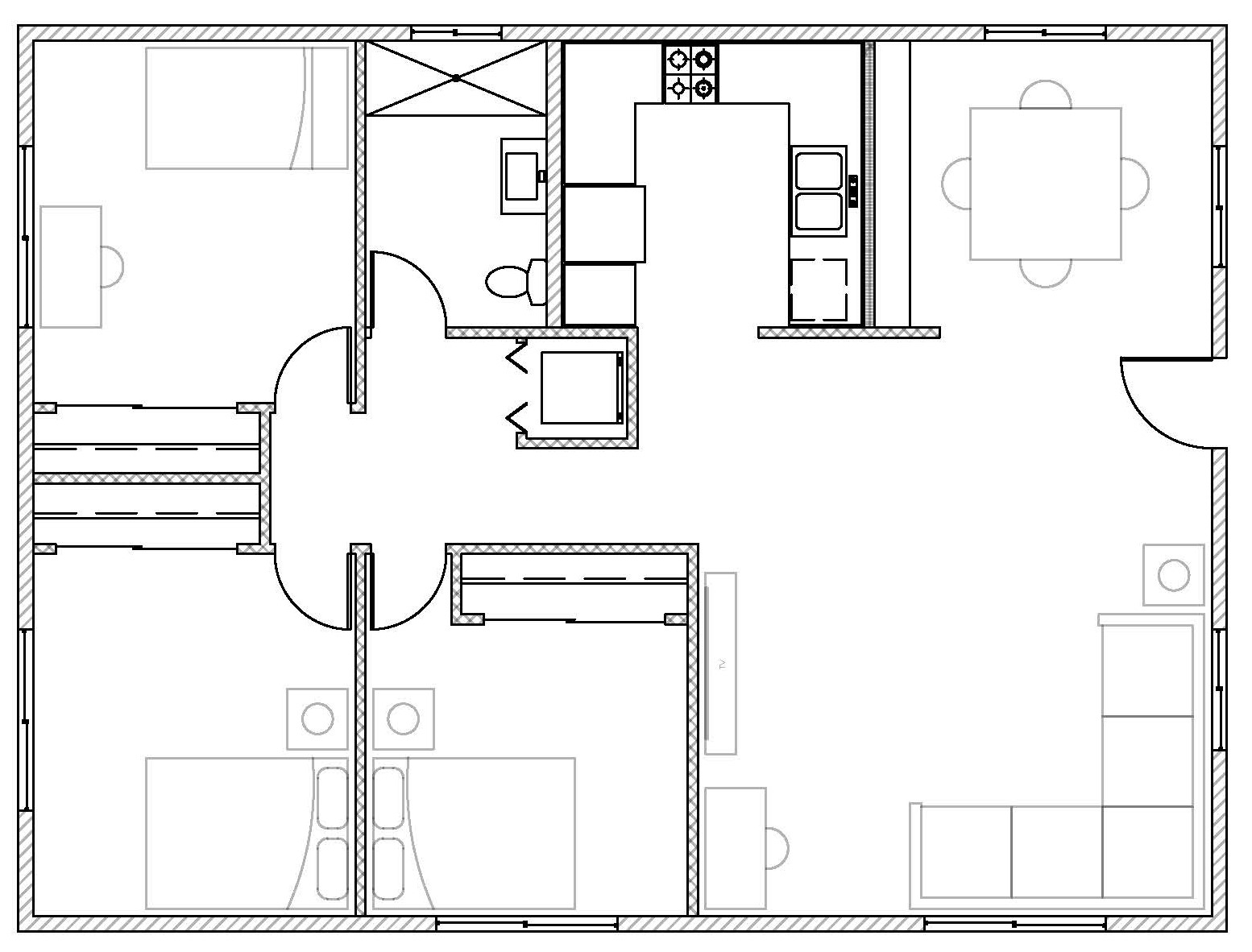
Preapproved ADU Plans
Per California Assembly Bill (AB) 1332 (Carillo 2023), applicants may apply for a permit using preapproved plans. The City accepts the following preapproved plans:
- County of San Diego Standard ADU Plans
- City of Chula Vista Standard ADU Plans
- City of Encinitas Permit-Ready ADU Plans
Applications that utilize preapproved plans will be subject to a 30-day review and must comply with the development regulations contained in the San Diego Municipal Code. Note: In order to utilize a preapproved plan, applicants must directly reach out to the ADU provider to find the cost to license the preapproved plan for their own ADUs.
Applicants may also apply to have their plans preapproved for use by others. Applications for plan preapproval will be processed in accordance with the master plan production process outlined in Information Bulletin 114a. Once a plan is preapproved, it will be posted on the DSD website with the applicant's contact information alongside other preapproved plans.
Setback Compliance
Construction of new detached structures where a new structure is proposed as an ADU must comply with the Front Setback of the Zone (check your property’s Zone using ZAPP). The ADU may encroach into the Side, Street Side, and Rear Setbacks of the Zone, including up to the Property Line in some cases.
If the side or rear property line is next to another premises that is residentially zoned or developed with exclusively residential uses, an ADU with a structure height that exceeds 16 feet must observe a 4-foot setback on the sides and rear.
If the premises is located within a Very High Fire Hazard Severity Zone, the ADU must observe a minimum 4-foot Side and Rear Yard Setback, regardless of structure height.
Residential base zone setbacks can be found on §131.0422.
Short ADU
No setback is necessary on the rear and side yard from the property line if the building height is under 16 feet and the premises is located outside of the Very High Fire Hazard Severity Zone.
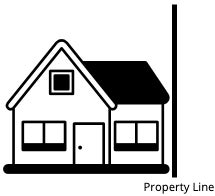
Tall ADU
4' setback from property lines on required side yards and rear yards if ADU / JADU height exceeds 16 feet and it is next to residential, or the premises is located within the Very High Fire Hazard Severity Zone.
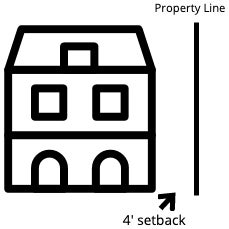
Encroachments
ADU may encroach into the side and rear yard setbacks.
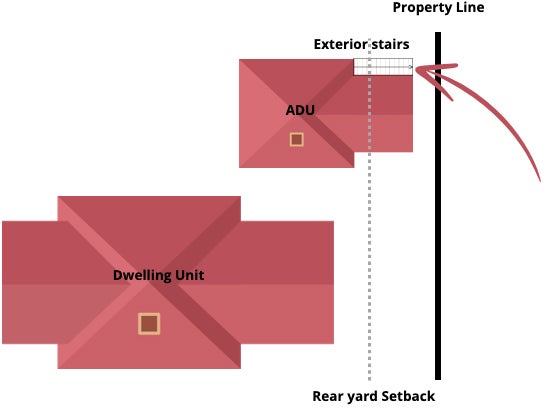
Encroachments such as exterior staircases, balconies, second-story decks, and roof decks may NOT encroach into setbacks with the ADU.
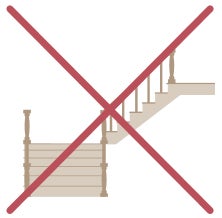
ADU Condominiums
Property owners may create condominiums from new or existing ADUs and sell them separately from the primary residence. ADUs developed through the ADU Home Density Bonus program are not eligible for separate sale.
ADU condominiums must follow the subdivision procedures outlined in Chapter 12, Article 5 of the Municipal Code. Before recording the final condominium plan, the ADU must have completed its final building inspection. For 30 days following the initial listing, for-sale ADUs must be offered to buyers who intend to occupy the unit as their primary residence.
Please see §141.0302(f) for more information.
Frequently Asked Questions
You may check your property’s Zone using ZAPP.
Is my property in the Coastal Overlay Zone? If so, is it in the appealable or non-appealable area?
You may check the Coastal Overlay Zone map.
Is my property within a Sustainable Development Area?
You may check which Zone and Overlay Zones your property is in through the Zoning and Parcel Information Portal – SDA and Complete Communities.
Do ADUs count towards the floor area ratio?
ADUs count towards gross floor area and floor area ratio calculations.
Can I place an ADU in my front yard?
ADUs must conform to the front yard setback of the Zone.
Replacement of parking is not required unless the site is located in the Beach Impact area of the Parking Impact Overlay Zone and is outside of a Transit Priority Area. In this case, one replacement parking space is required, unless any of the following apply:
- The ADU or JADU is 500 square feet or less;
- The premises is located within a historical district that is a designated historical resource;
- The ADU or JADU is attached to the proposed or existing primary dwelling unit or accessory structure;
- The premises is located with a residential permit parking district;
- There is a car share vehicle located within one block of the premises.
How much will my ADU cost in total?
Fees vary and are calculated depending on what the project is proposing. Applicants are encouraged to review Information Bulletin 501 for the schedule of construction permit fees.
How long will the entire permitting process take?
You may check the current permitting process timeline.
Do ADUs count towards density?
No. ADUs are considered supplemental to the primary use on the site and, therefore, not included in density.
What is the maximum height permitted for my ADU/JADU
ADUs and JADUs must conform to the maximum permitted height of the applicable Zone. In Single Dwelling Unit Zones, ADUs shall not exceed two stories.
Can I maintain my driveway after converting my garage into an ADU?
In some cases, a driveway may need to be closed. If a garage conversion or addition of an ADU or JADU causes an existing driveway curb to no longer comply with city standards (e.g., it causes an existing driveway to be less than 18 feet long measured from the back of the sidewalk inward to the parcel), the driveway must be closed.
Does my ADU / JADU require a fire sprinkler system?
Detached ADUs are only exempt from sprinkler protection when the primary dwelling unit is not sprinkler protected, and the detached ADU(s) is considered a Group R-3 occupancy. Attached ADUs and JADUs always require sprinkler protection when the primary dwelling unit is sprinkler-protected. All affordable ADUs and Bonus ADUs constructed pursuant to the ADU Home Density Bonus Program are required to include an automatic fire sprinkler system. Please see RESD-3-4 for more information.
No. Decks and open exterior staircases must conform to the side or rear setback of the Zone. If the staircase is enclosed as conditioned habitable area and included in the ADU square footage, the staircase is considered part of the ADU and may encroach in the side or rear setback in accordance with SDMC 141.0302(b)(9).
Can I use my ADU as an AirBnB / vacation rental?
No, an ADU may not be used for a rental term of less than 31 consecutive days. JADUs are not subject to rental term limitations.
Does my ADU require refuse, organic waste, and recyclable materials storage?
Yes. Development that generates refuse, organic waste, and/or recyclable material must provide for the collection and management of these materials pursuant to Chapter 6, Article 6. Development must provide adequate storage space for these materials as set forth in SDMC Sections 142.0801 through 142.0830.
Does my ADU / JADU require solar panels?
Newly constructed ADUs are subject to the California Energy Code requirement to provide solar panels if the unit(s) is a newly constructed, non-manufactured, detached ADU. Per the California Energy Commission (CEC), the panels can be installed on the ADU or the primary dwelling unit. JADUs do not require solar panels.
Is my ADU exempt from inclusionary housing fees?
No. ADUs are considered dwelling units and are subject to the Inclusionary Housing Regulations.
What is the distance required between my proposed ADU and an existing structure?
ADUs must comply with all requirements in the California Building Standards Code, including requirements for fire separation distance. ADUs are not subject to zoning building spacing regulations outlined in SDMC §131.0450.
Is parking required for new ADUs?
Parking is not required for new ADUs except for garage conversions in the Beach Impact area of the Parking Impact Overlay Zone that are outside of a transit priority area. One off-street parking space is required for each Affordable ADU and Bonus ADU located outside of a transit priority area.
No. The garage or carport space beneath the ADU would not be included in the ADU square footage but may be included in the overall gross floor area of the site.
No, but is included in the total gross floor area of the site.
No, but that area may be included in the total gross floor area of the site in accordance with SDMC 113.0234(b)(3).
Is the phantom floor area included in the maximum 1,200 square feet of an ADU?
Yes. Phantom floor area is included in accordance with SDMC 113.0234(b)(4).


